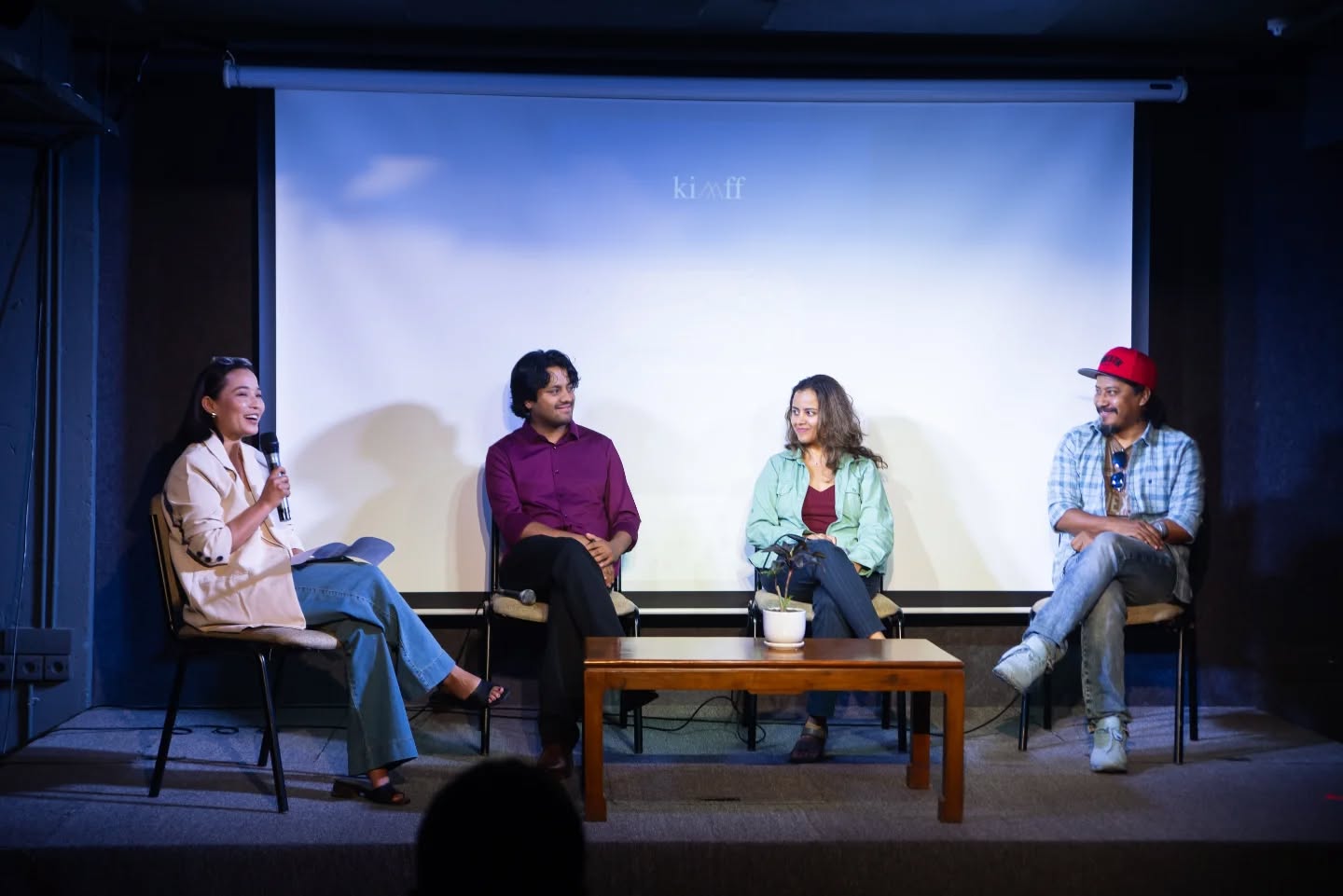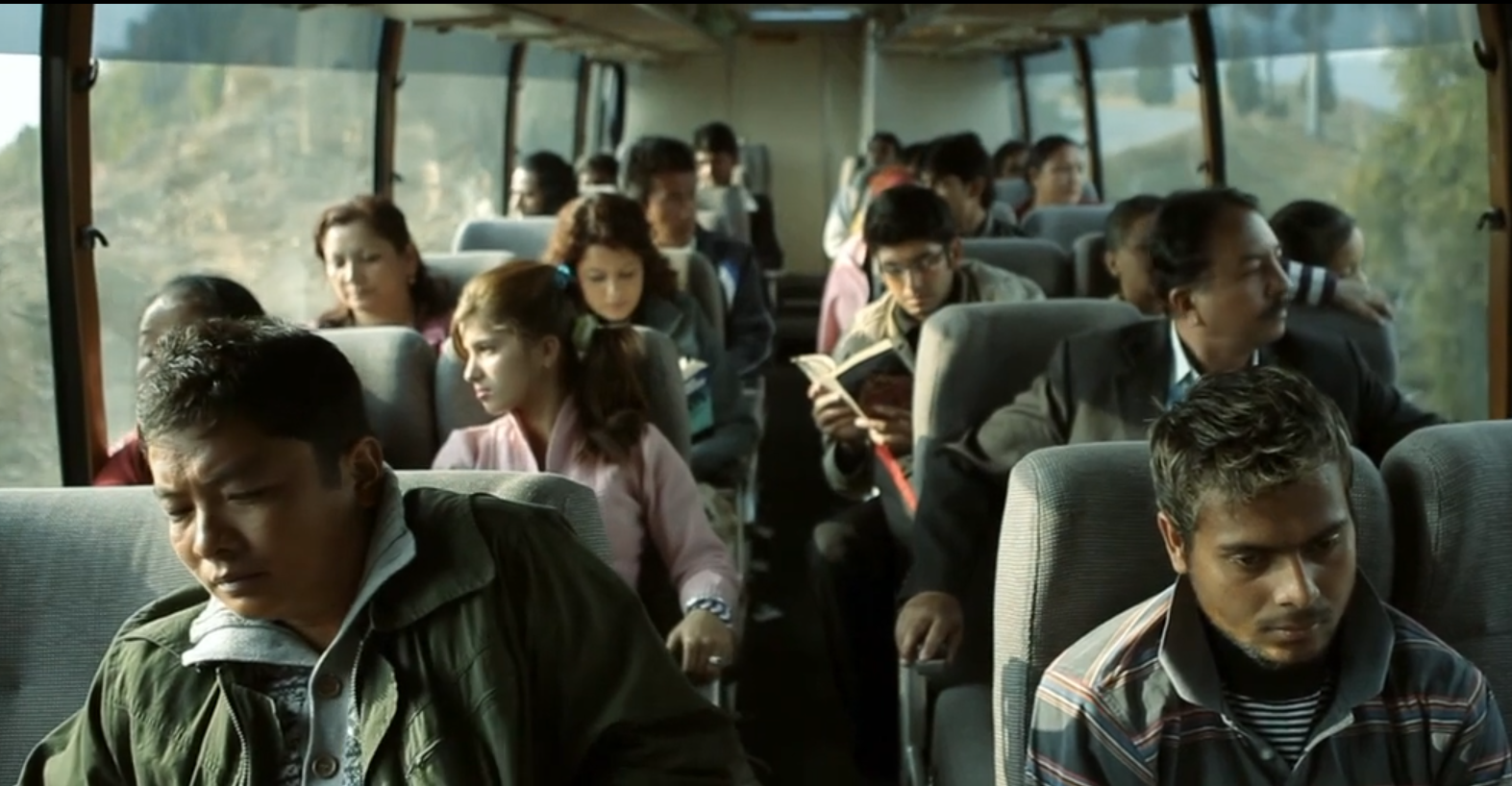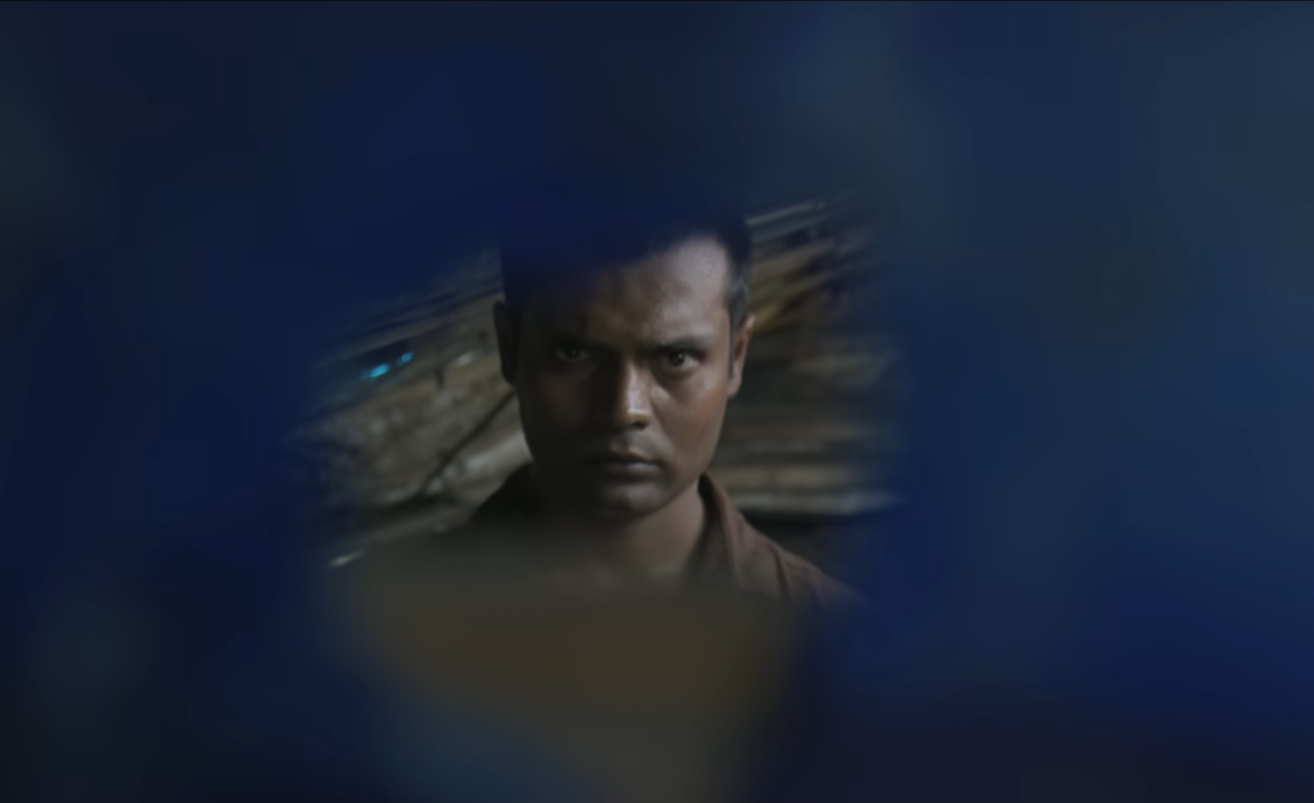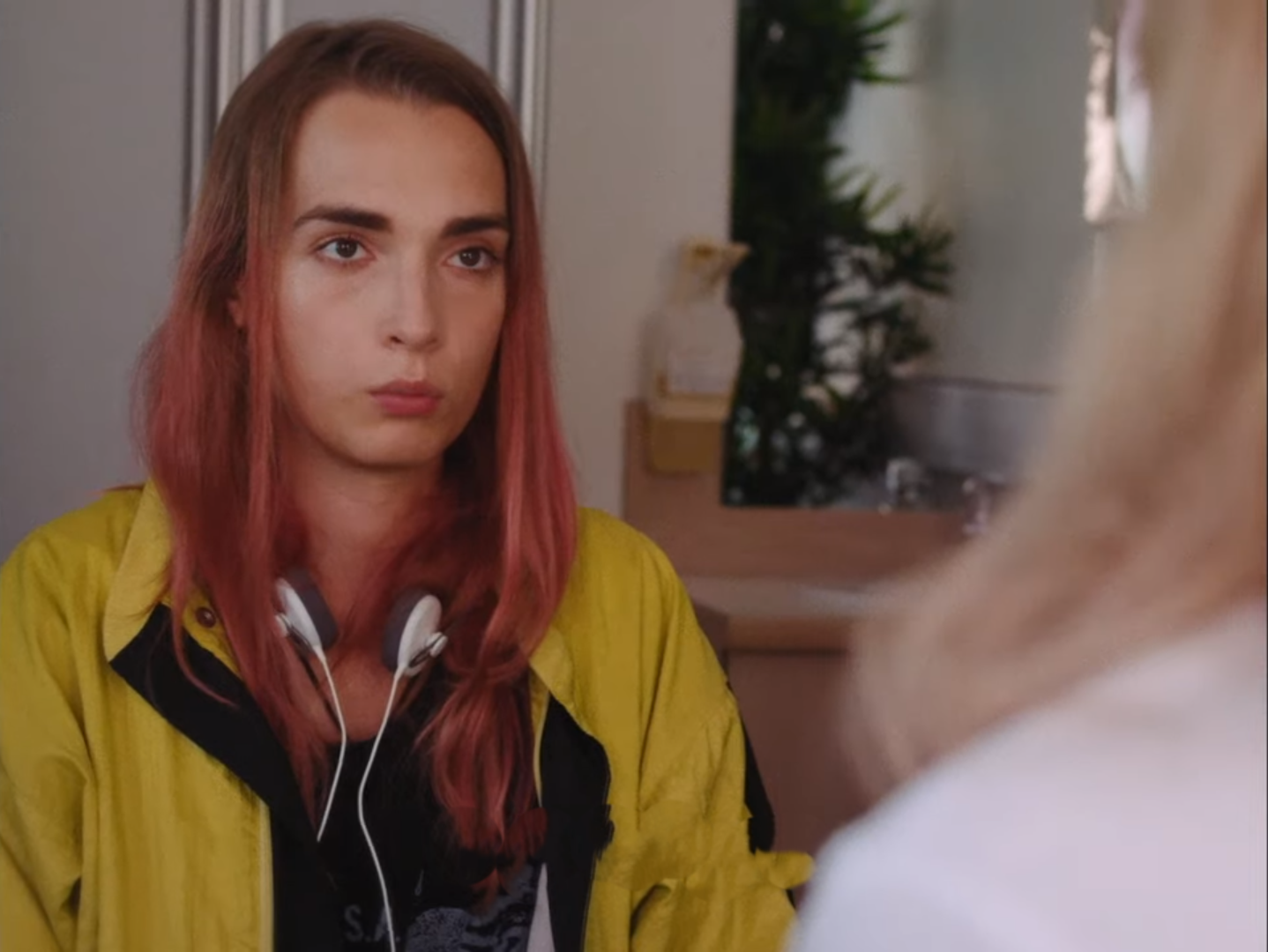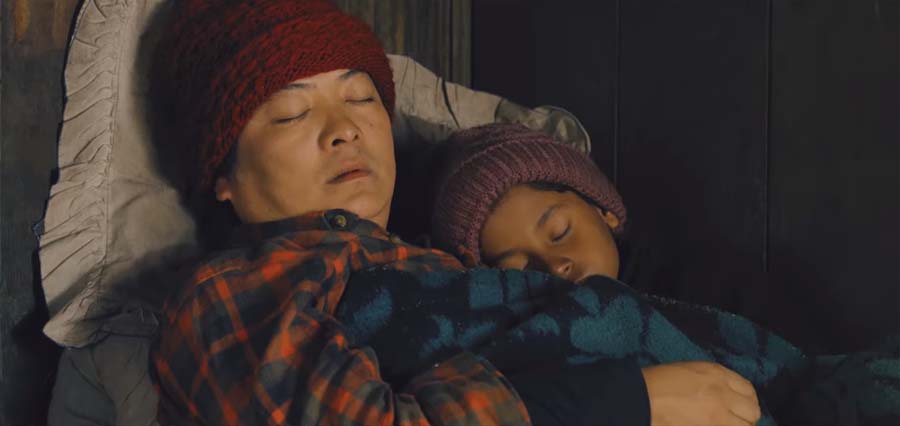
Appa gives the Nepali audience a unique flavour, thanks to its setting and the language. The movie is shot in Kalimpong, India, and its characters are Nepali-speaking Christians. When the scenes move between illuminated town hubs and foggy villages, the audience feels that they are travelling to Kalimpong and interacting with the Nepali people there.
However, the uniqueness of the setting is not the only strength of the movie. It presents a complex social drama on the universal theme of parental love beyond blood, but the narrative flow is so smooth and comprehensive that the audience easily understands the message. Further, the movie attempts to connect with the teenage romantic fantasy so that members of the old and the young generations can equally enjoy the movie.
An idiosyncratic yet universal story
Appa is a dramatic story on the surface. The way tension points are built is not something that happens in day-to-day life. Dramatically enough, a road accident happens within the first 20 minutes of the movie and it decides the fate of the rest of the story. We know that accidents are mostly not intentional, but ‘accidental’; hence, the story becomes more coincidental than realistic and common.
But, an in-depth analysis offers a different perspective. It touches themes such as parenthood and parental love, the making of a family, significance of coincidences in life, needs vs desires, unavoidable guilt and its psychological impacts, among others: all universal features of human life. They are just told in a different version in Appa. As structuralists believe, only the manifestations of the human condition are different, the deep structures are similar for everyone throughout the world.
Hence, Appa is not only a man that wanders the alleys of Kalimpong in search of a better life for his kid, but he is a universal father. In the same manner, Siddharth is not only an individual youth who fails to understand the contribution of his dad to his life, but he’s also’ a typical teen who is yet to see the truths of life. Appa, hence, is everyone’s story in its unique form.
Perhaps that is why, though shot in a different geographic and social context, the movie appeals to the audience of Kathmandu.
Powerful juxtapositions

The movie’s storytelling significantly depends on the juxtaposition of events. The two ‘parts’ of the movie (they cannot be called ‘halves’ as in other movies because the intermission appears much earlier than the midpoint) tells stories of different times with 12 years in between them. The second part includes a lot of flashbacks because the lead character recalls the time he spent with his kid. When the child tells him that the man is not his father, the memories get more intense, inviting more powerful juxtapositions.
Further, the same technique of juxtaposing different images has been used to tell the story of a single time also. Such scenes communicate symbolic meanings. For example, the sequence in which the man hands over a bundle of hard-earned 10,000 rupees to buy a guitar for the kid is immediately followed by that of the teen shattering his childhood piggy bank (khutrukke) to host a party for a girl that he wants to date. A few minutes after that, as the boy celebrates his birthday with friends, the man is busy learning how to sing ‘happy birthday to you’. These two scenes are powerful because they vividly show the central tension of the story. Using the piggy bank, the guitar and the birthday cake as symbols, the movie tells a complex story of a father’s effort to regain the love of a thankless child.
Acting and cinematography
Versatile Daya Hang Rai gives justice to the lead character with his expressiveness. He perfectly fits into Appa’s shoes as he passes through different stages of life in the movie—from a carefree alcoholic man to a loving father. He realistically demonstrates on his face the confusion and curiosities demanded by the role.
In their debut performances, Siddharth Raj Tamang (Siddharth) and Allona Kabo Lepcha (Kavya) have done their jobs satisfactorily. There are moments when Tamang looks more reserved than he should have been. He also needs to improve his body movements. Lepcha has a shorter screen time and fewer dialogues to deliver. Perhaps we need to wait for her next film to comment on her strengths and limitations.
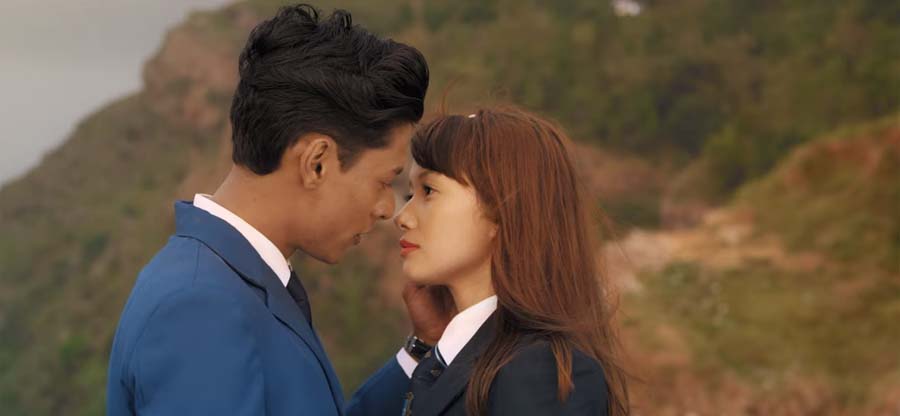
Veteran Tulasi Ghimire is okay in his idealistic role. Likewise, theatre artist Arunka Karki struggles to convert herself into a typical Kalimpong woman. The child who plays young Siddharth impresses the audience in the first half.
The movie is impressive in terms of its cinematography. As it is quite compact (the long story is told in just around 100 minutes), the movie uses a lot of transitions. One of the most remarkable transition techniques is the use of ‘fade-outs’. When the accident kills Siddharth’s real parents, the curtain turns dark to suggest that one world of the movie has ended. Such powerful transitions are quite rare in other Nepali movies.
The difference in the amount of light in the movie tells much about the place and timing. Likewise, the transitions between chronological and flashback scenes have been clearly depicted in the movie.
In terms of music, the movie is an average production. All songs match the story flow; but too many songs are not good for a content-rich movie.
Finally, the biggest weakness of the movie is that it has too much drama, especially at the end. The author and director could have also avoided the romantic side of the story and focused on filial affection.
Verdict
Overall, writer and director Anmol Gurung makes an impressive debut. Produced by a Nepali-Indian team, the movie also represents the centuries-old connections that Nepali speaking people in the two countries continue to live with. Arguably, the movie deserves more media and public attention than it has received.
At a time when the Nepali cinema industry is being accused of failing to produce works of substance, this Nepali movie makes for a good watch.
—
Appa
Genre: Social drama
Runtime: 100 minutes
Screenwriter/Director: Anmol Gurung
Cast: Daya Hang Rai, Siddhant Raj Tamang, Allona Kabo Lepcha, Tulasi Ghimire, Aruna Karki
3/5






